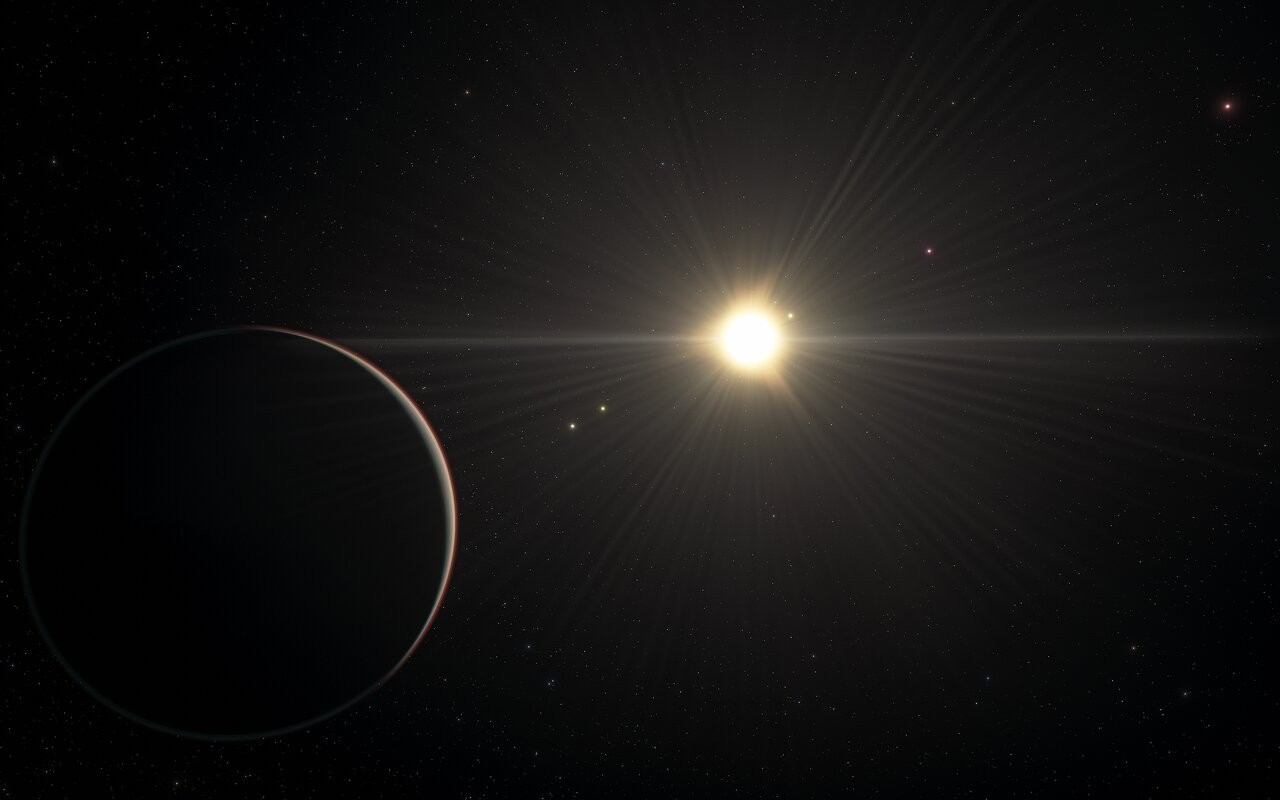A team of astronomers announces the discovery of a system hosting six planets, five of which are in an exceptionally regular orbital configuration. Details of the study are published in the journal Astronomy &Astrophysics.
Initially, astronomers thought this star named TOI-178 was wrapped around two planets that both had the same orbits. Further study of the system ultimately revealed not two, but six planets, five of which are locked in a rhythmic dance with each other . And if other systems in perfect resonance have already been discovered in the past, this one stands out even more insofar as the planets involved are very different from each other .
The system consists of planets one to three times the size of Earth, with masses ranging from 1.5 to thirty times that of our planet. Some are rocky, Super-Earths, and some are made of gas, like the outer planets of our own system, but much much smaller. They are then called "Mini-Neptunes" or gaseous dwarf planets.
All of these exoplanets except the innermost exhibit an 18:9:6:4:3 resonance. In other words, these five planets align at regular intervals as they complete a turn of their parent star. The first exoplanet in the chain (the second closest to the star) completes eighteen orbits while the second in the chain completes nine, the third completes six, the fourth completes four and the fifth (the outermost planet) complete three.
Note that a similar, but much less complex resonance can also be found in our system with three of Jupiter's moons. Io completes four full orbits for every orbit of Ganymede, while also completing two full orbits for every orbit of Europa. So here we have a 4:2:1 resonance .
This cosmic ballet bears witness to a stellar system that has almost been undisturbed since its birth . If this had been the case (due to a giant impact or by the gravitational influence of another system for example), the fragile configuration of its orbits would have been erased.

This study, supported by data from the CHEOPS satellite, the European Space Agency (ESA), and the VLT (in Chile), also found that exoplanets of TOI-178 orbit their star much faster and at a much closer distance than the Earth around the Sun.
The innermost planet, the one that does not incorporate the resonant chain, is the fastest, completing a TOI-178 turn in just a few days, while the innermost Slow completes an orbit in just a few weeks. Finally, none of these worlds seem to evolve in the habitable zone of their star, the one allowing water to exist in liquid form.
Astronomers plan to continue analyzes of this exceptional system using ESO's European Giant Telescope (ELT), due to be inaugurated in 2025. ELT should be able to directly image these exoplanets and probe their atmosphere in detail.